by Jonathan Kujawa

At the end of April heartbreaking news spread through my area of mathematics. Georgia Benkart had unexpectedly passed away. I first met Georgia when I was a graduate student, we’d seen each other at numerous conferences and other events, shared a few dinners, and I considered her a friend. Still, I was a little surprised at how much her passing affected me. I wasn’t the only one moved by the sad news. People expressed their sorrow in phone calls, emails, and in social media. The University of Wisconsin — Madison math department collected a sampling of folks’ remembrances on their webpage.
Be what you would seem to be – or, if you’d like it put more simply – never imagine yourself not to be otherwise than what it might appear to others that what you were or might have been was not otherwise than what you had been would have appeared to them to be otherwise. — Lewis Carroll, Alice in Wonderland
Georgia earned her PhD in 1974 and spent her entire career at UW — Madison. She wrote 130+ research papers and still had multiple ongoing projects and collaborations. Her work was remarkable for its breadth, depth, and elegance. Based on her results alone Georgia had a sizeable impact on mathematics. Indeed a recent article in the American Mathematical Society’s main publication was devoted to some of the gems from Georgia’s work. It gets rather technical at times, but I recommend at least skimming through to get the feeling for her research. Read more »

 Habiballah of Sava. Concourse of The Birds, ca. 1600
Habiballah of Sava. Concourse of The Birds, ca. 1600
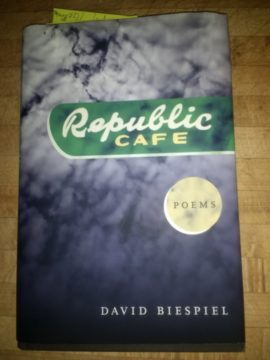 We sit in David Biespiel’s Republic Café: all of us together in the public space of democracy. It appeared in 2019, as American fascism made its perennial strut, less disguised than usual. At that point we’d endured two years of it. Lies spewed from the Leader’s mouth like flies from an open sewer, his followers enacting Hannah Arendt’s crisp formulation:
We sit in David Biespiel’s Republic Café: all of us together in the public space of democracy. It appeared in 2019, as American fascism made its perennial strut, less disguised than usual. At that point we’d endured two years of it. Lies spewed from the Leader’s mouth like flies from an open sewer, his followers enacting Hannah Arendt’s crisp formulation: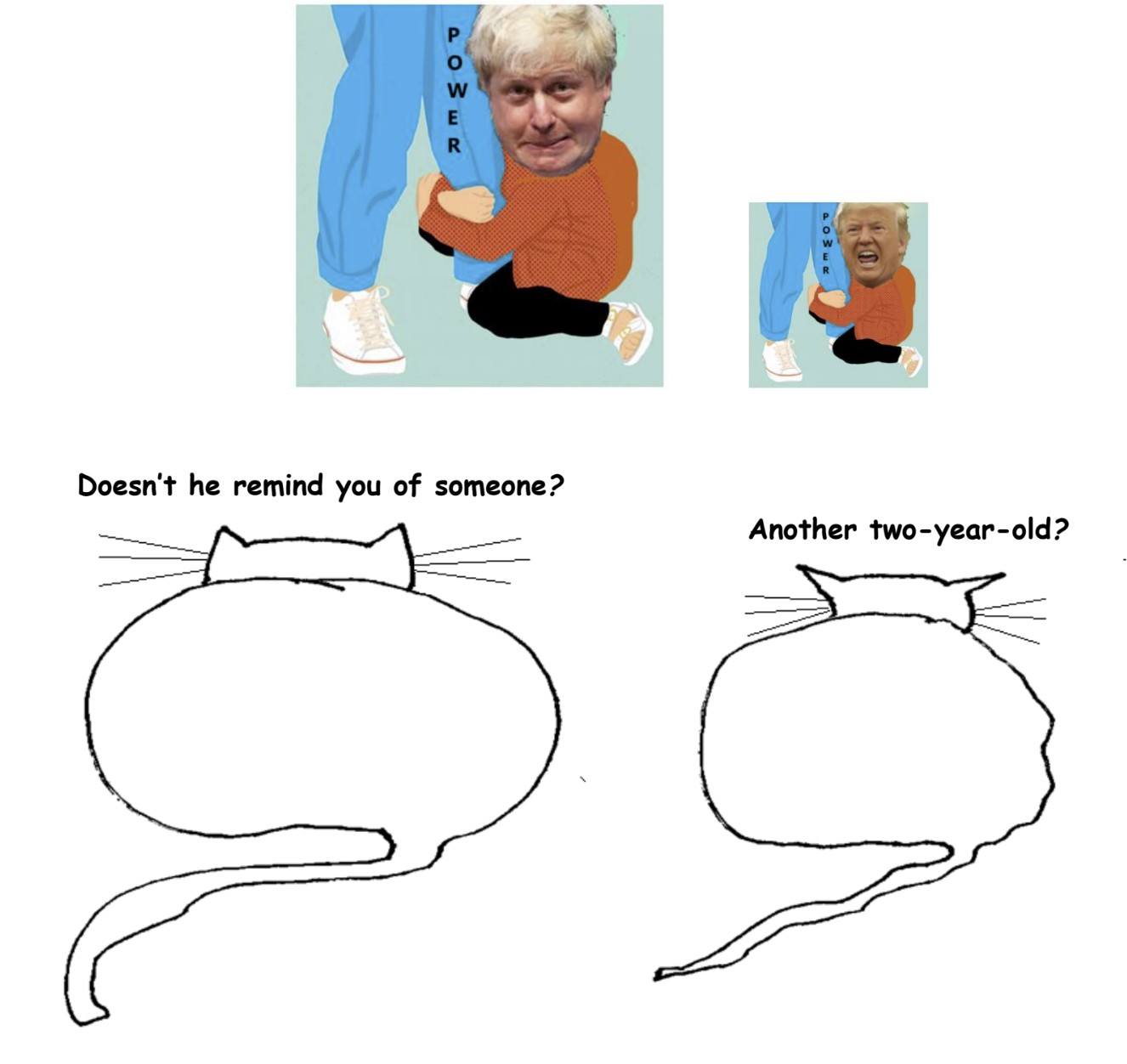
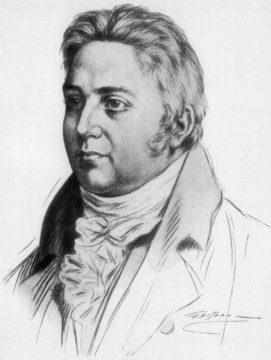


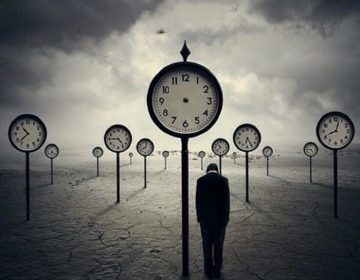 After my student days in Cambridge, in my professional life I have been to Britain many times, occasionally for lectures and conferences, but sometimes more formally on visiting assignments. The latter, except for the two terms at Trinity College, Cambridge, as a Visiting Fellow, have been more to Oxford and London School of Economics; this may be partly because for some time there was a relative decline in the quality of the Cambridge Economics Department after the internal troubles and the exit of some big names that I have alluded to before. In Oxford I have been on formal visits to All Souls College, St. Catherine’s College, and Nuffield College.
After my student days in Cambridge, in my professional life I have been to Britain many times, occasionally for lectures and conferences, but sometimes more formally on visiting assignments. The latter, except for the two terms at Trinity College, Cambridge, as a Visiting Fellow, have been more to Oxford and London School of Economics; this may be partly because for some time there was a relative decline in the quality of the Cambridge Economics Department after the internal troubles and the exit of some big names that I have alluded to before. In Oxford I have been on formal visits to All Souls College, St. Catherine’s College, and Nuffield College.
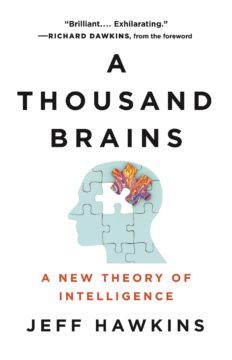 Nah. Let’s talk about our brains. The neocortex is where all our fancy thinking takes place. The neocortex wraps around the core of our brain, and if you could carefully unwrap it and lay it flat it would be about the size of a dinner napkin, and about 3 millimeters thick. The neocortex consists of 150,000 cortical columns, which we might think of as separate processing units involving hundreds of thousands of neurons. According to research at Jeff Hawkins’ company Numenta (and as explained in his fascinating recent book,
Nah. Let’s talk about our brains. The neocortex is where all our fancy thinking takes place. The neocortex wraps around the core of our brain, and if you could carefully unwrap it and lay it flat it would be about the size of a dinner napkin, and about 3 millimeters thick. The neocortex consists of 150,000 cortical columns, which we might think of as separate processing units involving hundreds of thousands of neurons. According to research at Jeff Hawkins’ company Numenta (and as explained in his fascinating recent book,  I assume that if your eye was drawn to this essay, then you are also troubled by feelings of rage. But I don’t want to be presumptuous—there are other reasons to read an essay that promises to tell you what to do with your anger. Maybe you think I have an agenda. Perhaps you have formed an idea of what my rage is about, and you disagree with that figment, and you are hate-reading these words right now, waiting for me to reveal the source of my own rage so that you can write a nasty comment at the end of this post or troll me on social media or try to cancel me or dox me or incite violence against me or come to my house and sneak onto my porch and stare balefully into my front windows or throw an egg at my car or trample deliberately on the ox-eye sunflowers that are bursting around my mailbox or put a bomb in my mailbox or disagree with me strenuously in your heart. There is a wide range of potential negative responses, and I don’t have time to list them all. The point here is that one must contend with them, and that is another reason to feel rage.
I assume that if your eye was drawn to this essay, then you are also troubled by feelings of rage. But I don’t want to be presumptuous—there are other reasons to read an essay that promises to tell you what to do with your anger. Maybe you think I have an agenda. Perhaps you have formed an idea of what my rage is about, and you disagree with that figment, and you are hate-reading these words right now, waiting for me to reveal the source of my own rage so that you can write a nasty comment at the end of this post or troll me on social media or try to cancel me or dox me or incite violence against me or come to my house and sneak onto my porch and stare balefully into my front windows or throw an egg at my car or trample deliberately on the ox-eye sunflowers that are bursting around my mailbox or put a bomb in my mailbox or disagree with me strenuously in your heart. There is a wide range of potential negative responses, and I don’t have time to list them all. The point here is that one must contend with them, and that is another reason to feel rage.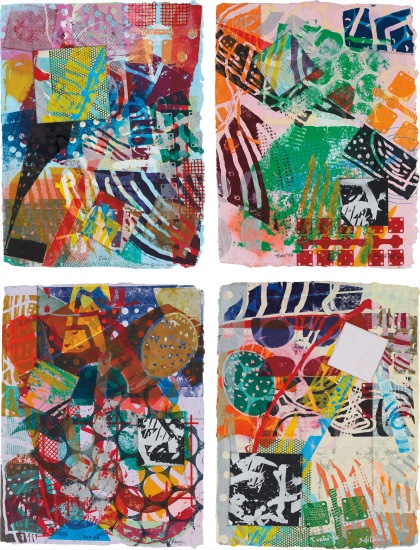


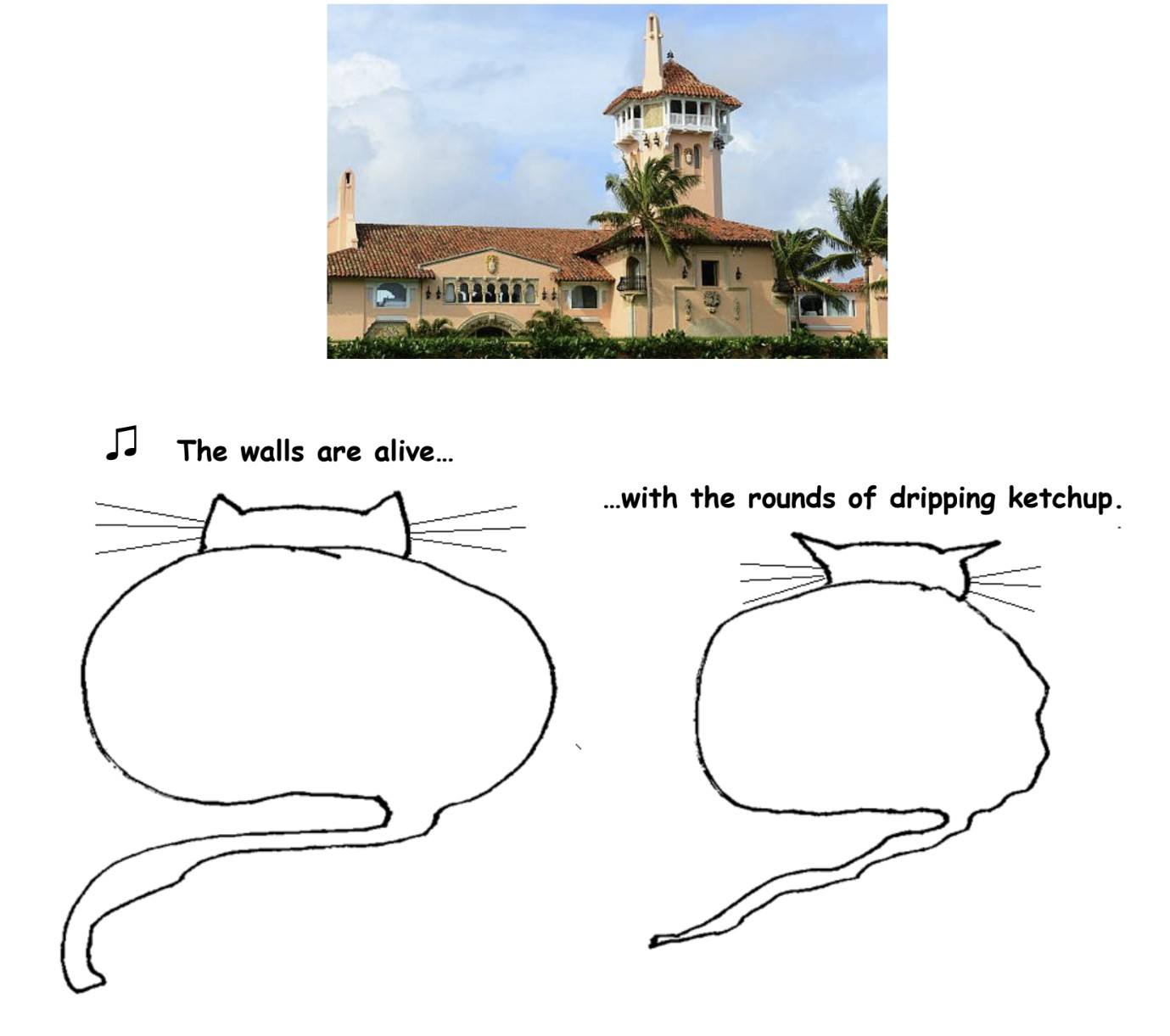

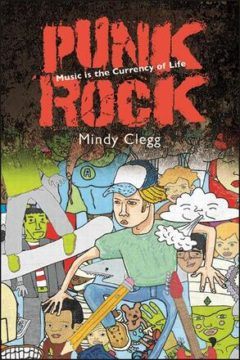
 The first full moon I saw after the procedure looked as if it might burst, like a balloon with too much helium. It was just above the horizon, fat and dark yellow —moving slowly upward to the firmament where it would later appear smaller and take on a whiter shade of pale. I could distinguish its tranquil seas, the old familiar terrain coinciding with a long abandoned memory.
The first full moon I saw after the procedure looked as if it might burst, like a balloon with too much helium. It was just above the horizon, fat and dark yellow —moving slowly upward to the firmament where it would later appear smaller and take on a whiter shade of pale. I could distinguish its tranquil seas, the old familiar terrain coinciding with a long abandoned memory. Even before the bandage came off, the implant’s ID card seemed to confirm it: I am a camera—with a new Zeiss lens made in Jena. Jena is back in my life.
Even before the bandage came off, the implant’s ID card seemed to confirm it: I am a camera—with a new Zeiss lens made in Jena. Jena is back in my life.